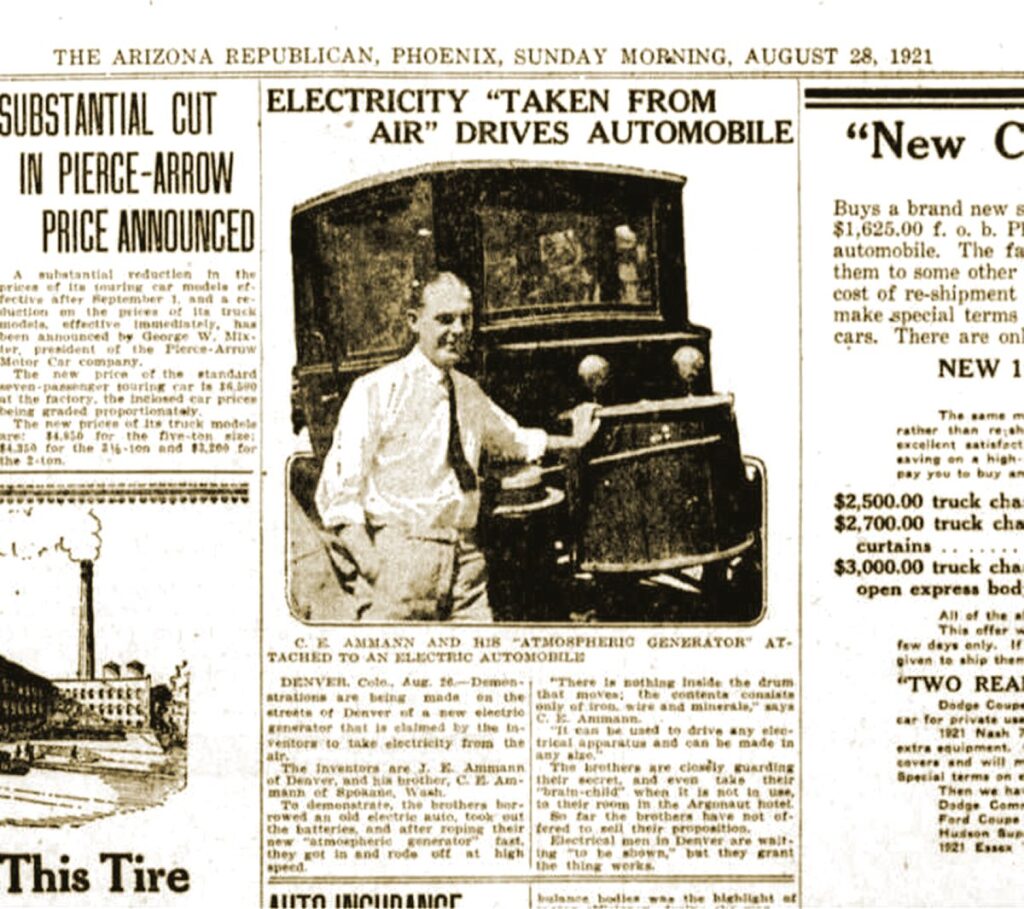Herb Uhl reviews UBCO’s Electric Trail Adventure Bike. The new company sought Uhl’s opinion of their latest model as he was the inventor of the first 2-wheeled ATV in the fifties. Herb’s design spawned a whole series of trail bikes from Honda.
Herb Uhl’s review follows:
I got to try out UBCO’s 2-wheel drive trail-utility bike with an electric motor in each wheel. The brand manufactures their units in New Zealand.
Their electric trail bike had enough battery for 2 to 3 hours of trail use, depending on how hard you ride it.
The bike was very well built with beautiful welds and well worked out controls.
What I most liked about both wheels pulling is that no leaning was necessary and at almost 0 speed, I could pick my way around most trail junk with almost no effort.
Most of the weight of the bike was that stupid battery.
Electric in-wheel is perfect for a trail bike, just like electric power to all wheels makes sense in a car or pickup. What does not make sense is getting electric power from a battery.
I know you have all seen lightning, so we all know we are surrounded with electric power. Since it exists, it can be harvested.
There are two problems with that; 1) No one has figured out a way to charge us for all that free power, 2) It would add to our freedom, and that must be squelched at all costs.
One of the first things to change when society goes the way of the do do bird, is we will be able to harvest that unlimited energy at the point of use.
My research shows that a small module that weighs 5 pounds or less would provide all the energy a trail bike needs, and you would never run out of fuel.
You think it’s not possible?

In 1931 Nikola Tesla ran a Pierce-arrow that had been converted to a Westinghouse electric motor, around the Buffalo/New York-area for several hours, sometimes at speeds of up to 90 miles per hour.
The car had no batteries allowed and a witness said Nicola only took a rather large black box with him, hooked up some wires, and away they went.
Do you suppose Dr. Tesla was harvesting electrical energy at the point of use?

Electric cars running on atmospheric electricity were introduced as early as 1921, ten years before the Tesla run.
Tesla’s first experimental electric car project was built in 1897, did not have a storage battery, and never had to stop at a service station. The only mechanical moving parts in his car were the wheels and steering apparatus. Tesla used a new kind of primary battery. The battery could power the car for 500 miles, then could be simply roadside replaced in less than a minute.
The only thing that keeps us from harvesting energy at our homes or on vehicles now is various varieties of greed.
According to stats from UBCO, the all-wheel drive 2×2 electric bike weighs in a 330 lbs., has a 75-mile range, and can operate up to 6 hours with its 3.1kWh battery on a full charge.
For more information, see UBCO’s site at https://ubco.com/pages/2×2-electric-bike






